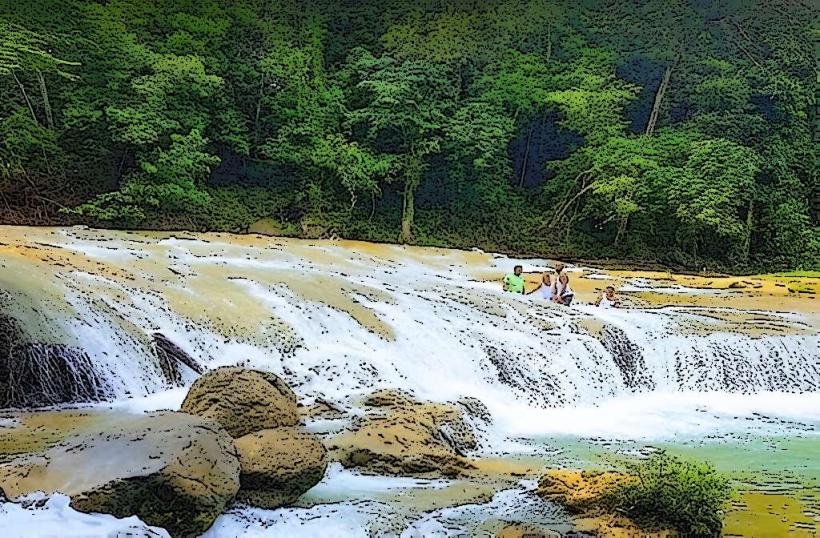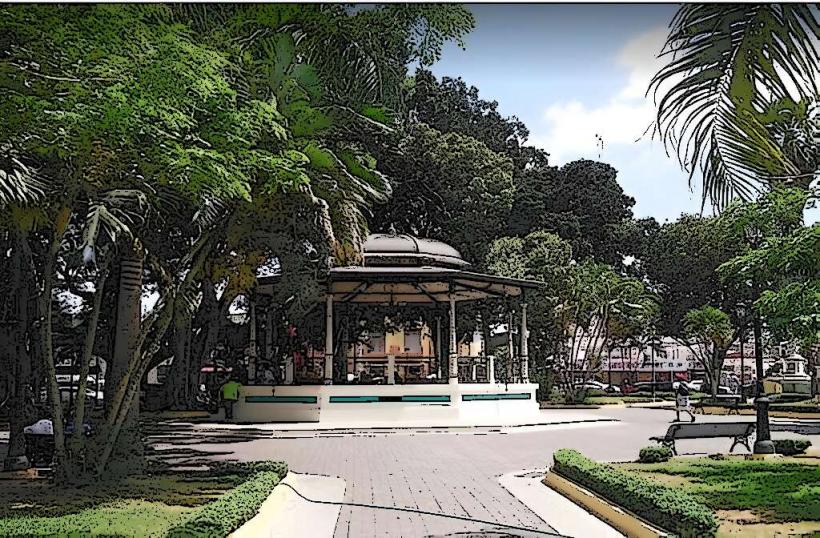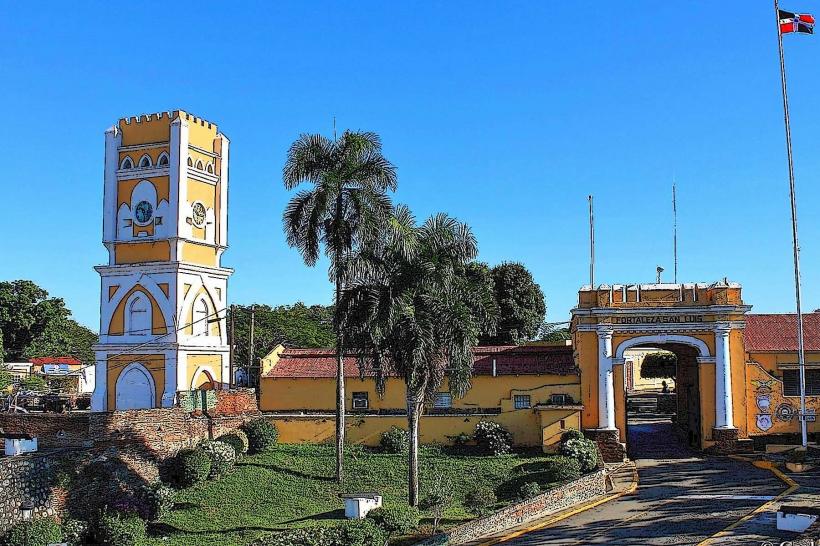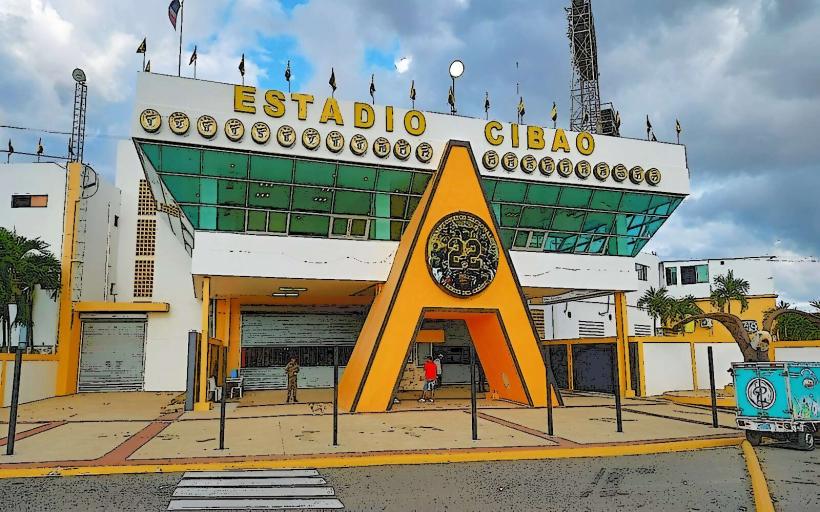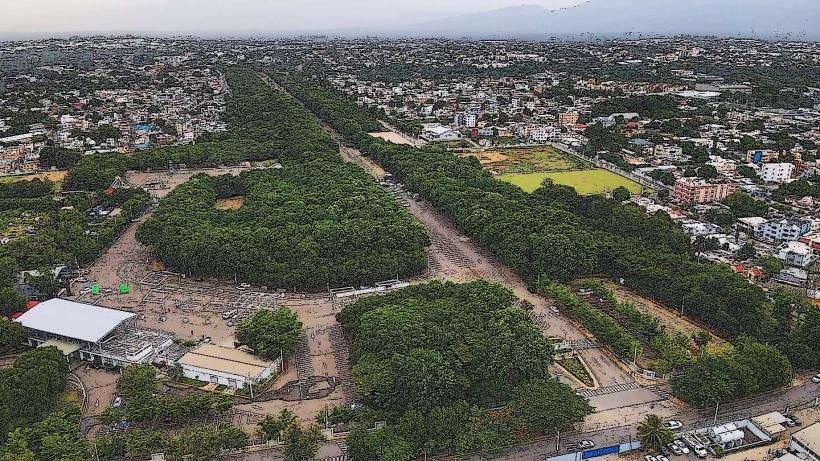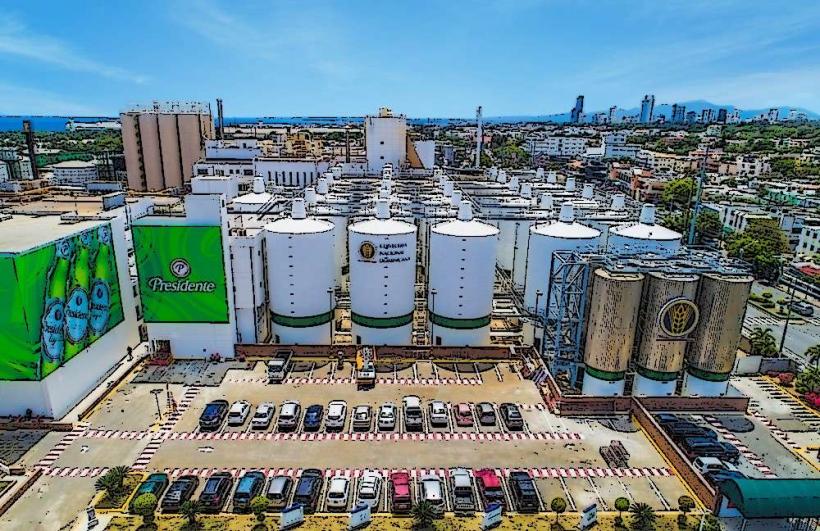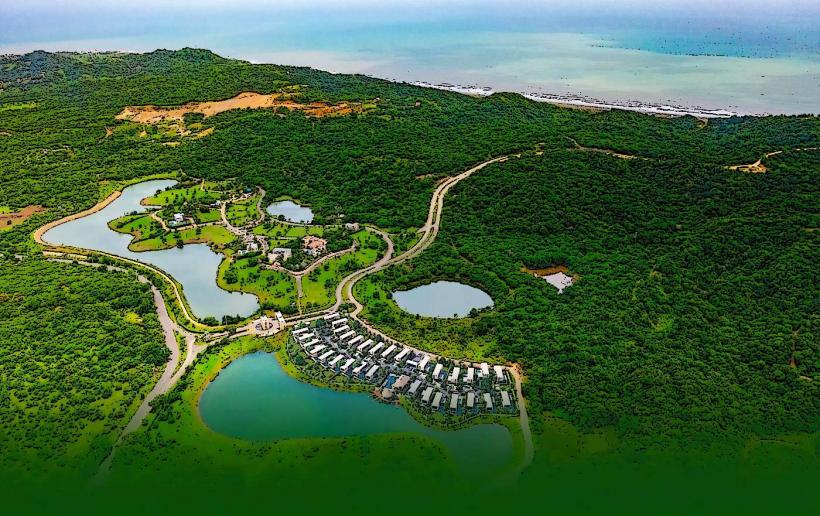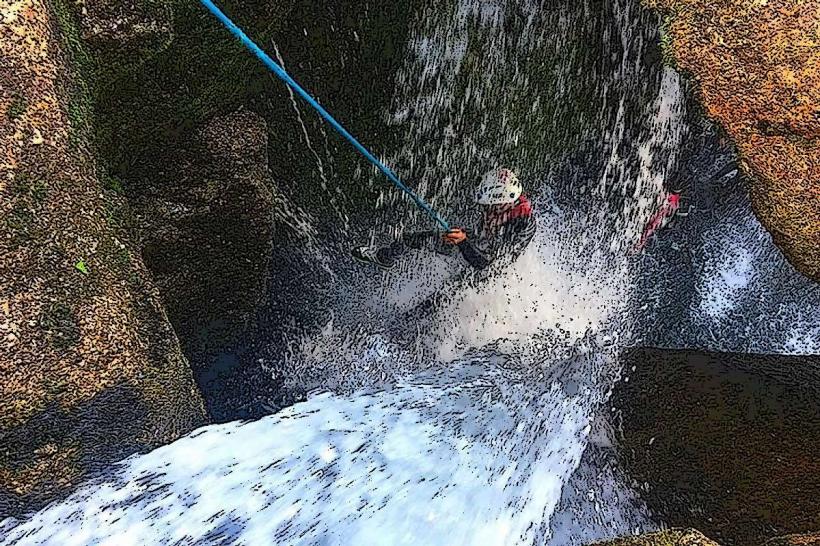Information
Landmark: Santiago ZooCity: Santiago de los Caballeros
Country: Dominican Republic
Continent: North America
The Santiago Zoo, also known as Parque Zoológico Gurabo, is a zoological park located in Santiago de los Caballeros, Dominican Republic. This family-friendly destination offers visitors an opportunity to explore diverse wildlife while promoting education, conservation, and recreation.
Overview
- Location: Situated in the Gurabo area of Santiago, the zoo is set on a spacious and lush site that showcases native and exotic animals in naturalistic enclosures.
- Opening: Established as a community-driven initiative, the zoo has become a prominent attraction in the Cibao region, serving as an educational and recreational hub for visitors of all ages.
Animal Exhibits
The Santiago Zoo houses a variety of animals, including species native to the Dominican Republic and others from around the world.
Native Wildlife
- Hispaniolan Solenodon (Solenodon paradoxus): A rare and endemic mammal considered a "living fossil."
- Hispaniolan Hutia (Plagiodontia aedium): Another native rodent species unique to the island.
- Flamingos (Phoenicopterus ruber): Vibrant pink birds commonly found in Caribbean wetlands.
- Iguanas: Including the critically endangered Rhinoceros Iguana (Cyclura cornuta).
Exotic Species
- Lions and Tigers: Popular big cats that draw significant attention from visitors.
- Monkeys: Several species, including Capuchin monkeys and howler monkeys.
- Parrots and Exotic Birds: Colorful species like macaws, cockatoos, and peacocks.
- Reptiles: Snakes, turtles, and crocodiles, housed in specially designed enclosures.
- Farm Animals: A petting zoo area features goats, sheep, and other domesticated animals, ideal for younger visitors.
Park Features
- Natural Habitat Design: The enclosures mimic the animals' natural environments, ensuring their well-being and offering visitors a more immersive experience.
- Walking Trails: Scenic paths wind through the park, allowing visitors to explore the diverse habitats and enjoy the lush vegetation.
- Educational Displays: Informative signage accompanies each exhibit, providing details about the animals’ habitats, diets, and conservation status.
Educational Programs
- Wildlife Conservation: The zoo emphasizes the importance of protecting endangered species, particularly those native to Hispaniola.
- School Visits: The zoo collaborates with local schools to host educational trips that teach students about biodiversity and environmental stewardship.
- Workshops and Lectures: Regular events are held to inform the public about wildlife conservation and ecological balance.
Recreational Activities
- Playground: A dedicated children’s play area with swings, slides, and other equipment.
- Picnic Areas: Shaded spots for families to relax and enjoy meals.
- Interactive Zones: Visitors can engage with select animals, such as feeding sessions in the petting zoo.
Visitor Information
- Hours: Open daily, with extended hours on weekends and holidays. It’s advisable to check the official schedule for special events or seasonal changes.
- Admission: Modest entry fees, with discounts available for children, seniors, and groups.
- Guided Tours: Knowledgeable staff members are available to lead tours and answer questions about the animals and their care.
Accessibility and Location
- Address: Gurabo area, northeast of Santiago’s city center.
- Transportation: Easily reachable by car or taxi, with parking facilities on-site.
- Accessibility: The park is designed to accommodate visitors with disabilities, featuring wheelchair-accessible pathways and facilities.
Environmental Commitment
The Santiago Zoo actively participates in conservation efforts, such as breeding programs for endangered species and habitat restoration projects. It also collaborates with environmental organizations to promote sustainability and awareness.
Conclusion
The Santiago Zoo (Parque Zoológico Gurabo) offers a combination of entertainment, education, and conservation in a serene natural setting. Whether you're exploring its diverse animal exhibits, learning about Dominican wildlife, or enjoying a family outing, the zoo provides a memorable experience that highlights the importance of protecting the planet’s biodiversity.


